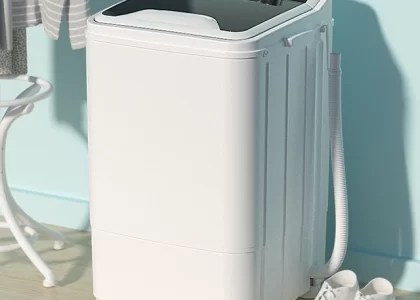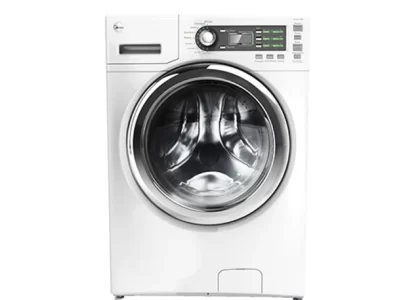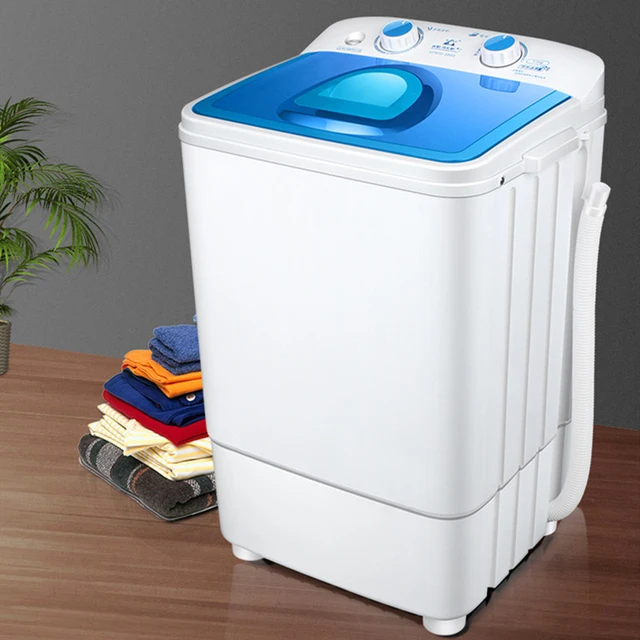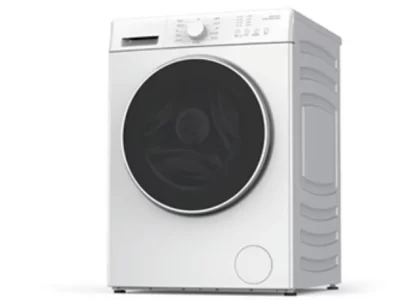 Introduction:
Introduction:
A washing machine is an essential appliance in every household, but sometimes it can develop a stagnant water smell that can be unpleasant and bothersome. This smell is often caused by the buildup of bacteria, mold, and mildew inside the machine. Fortunately, there are several effective methods for removing the stagnant water smell and restoring freshness to your washing machine. In this comprehensive guide, we will explore the best practices for removing the stagnant water smell from your washing machine. From regular cleaning routines to natural remedies, we will provide step-by-step instructions and tips to ensure your washing machine smells fresh and clean. By following these guidelines, you can enjoy fresh and odor-free laundry every time.
 Some of disadvantages associated with this issue:
Some of disadvantages associated with this issue:
The presence of a stagnant water smell from a washing machine can indicate several potential hazards and drawbacks. Here are some of the risks and disadvantages associated with this issue:
Unpleasant Odor:
The stagnant water smell can create an unpleasant and musty odor in the laundry area. This odor can spread throughout the surrounding space, making it unpleasant for users and anyone nearby.
Bacterial Growth:
Stagnant water in the washing machine can create a breeding ground for bacteria, mold, and mildew. These microorganisms thrive in moist environments and can multiply rapidly, leading to health concerns and potential respiratory issues for those exposed to the contaminated air.
Contaminated Clothing:
When the washing machine has a stagnant water smell, it can transfer the unpleasant odor to the clothes being washed. This can make the freshly cleaned clothes smell unpleasant and require additional washing to remove the odor.
Unpleasant Odor Transfer:
The stagnant water smell can transfer to the clothes being washed, leaving them with an unpleasant odor even after the washing cycle. This can make the clothes unwearable or require additional washing to remove the odor.
Reduced Cleaning Efficiency:
A washing machine with stagnant water may not clean clothes effectively. The presence of bacteria, mold, or mildew can interfere with the cleaning process, leaving behind residues or stains on the clothes.
Potential Health Risks:
The growth of bacteria, mold, or mildew in a washing machine can pose health risks to individuals using the machine. Breathing in airborne contaminants can lead to respiratory issues, allergies, and other health problems, especially for individuals with weakened immune systems or respiratory conditions.
It is crucial to address the stagnant water smell in a washing machine promptly to mitigate these hazards. Regular maintenance, cleaning, and proper usage can help prevent the development of stagnant water and the associated risks. This includes cleaning the washing machine drum, gaskets, and detergent dispensers regularly, ensuring proper ventilation, and promptly addressing any leaks or malfunctions that may contribute to stagnant water accumulation.
 Regular Cleaning and Maintenance:
Regular Cleaning and Maintenance:
Empty the Drum:
After each laundry cycle, remove all clothes from the drum promptly to prevent the growth of bacteria and mold.
Leave the Door Open:
After each use, leave the washing machine door and detergent drawer open to allow air circulation and prevent moisture buildup.
Clean the Detergent Drawer:
Regularly remove the detergent drawer and rinse it with warm water to remove any residue or buildup.
Clean the Drum:
Run an empty hot water cycle with 1-2 cups of white vinegar or 1 cup of baking soda to clean the drum and remove any odors.
Natural Remedies for Removing Odors:
White Vinegar:
Fill the detergent drawer with 1-2 cups of white vinegar and run a hot water cycle.
The acidity of vinegar helps to kill bacteria and remove odors from the drum.
Baking Soda:
Sprinkle 1 cup of baking soda directly into the drum and run a hot water cycle.
Baking soda acts as a natural deodorizer and helps to eliminate odors.
Lemon Juice:
Squeeze the juice of 2-3 lemons directly into the drum and run a hot water cycle.
Lemon juice has natural antibacterial properties and leaves a fresh citrus scent.
Cleaning the Filter:
Locate the Filter:
Consult the washing machine’s manual to locate the filter. It is usually located at the bottom front or back of the machine.
Turn Off the Machine:
Ensure the washing machine is turned off and unplugged before attempting to clean the filter.
Remove the Filter:
Use a screwdriver or coin to loosen the filter and remove it from the machine.
Be prepared for any trapped water to spill out, so have a towel or bucket ready.
Clean the Filter:
Rinse the filter under running water to remove any debris or buildup.
Use a soft brush or toothbrush to gently scrub away any stubborn residue.
Reinstall the Filter:
Once the filter is clean and dry, reinstall it in the washing machine and ensure it is securely tightened.
 Dealing with Persistent Odors:
Dealing with Persistent Odors:
Hydrogen Peroxide:
Mix equal parts hydrogen peroxide and water in a spray bottle.
Spray the solution inside the drum and let it sit for 30 minutes before running a hot water cycle.
Hydrogen peroxide helps to kill bacteria and remove stubborn odors.
Commercial Washing Machine Cleaner:
If natural remedies do not eliminate the stagnant water smell, consider using a commercial washing machine cleaner.
Follow the manufacturer’s instructions for proper use and dosage.
Preventive Measures:
Use High-Quality Detergent:
Use high-quality detergent that is specifically formulated for washing machines.
Avoid using excessive amounts of detergent, as it can contribute to residue buildup.
Avoid Overloading:
Do not overload the washing machine with excessive laundry, as this can hinder proper water flow and contribute to odor development.
Regularly Clean Rubber Seals:
Clean the rubber seals around the washing machine door regularly with a cloth dampened with water and mild detergent.
This helps to remove any residue or mold buildup that can lead to odors.
 Conclusion:
Conclusion:
Removing the stagnant water smell from your washing machine is essential to ensure fresh and clean laundry. By following these comprehensive guidelines, you can effectively eliminate odors and prevent their recurrence. Regular cleaning and maintenance, along with the use of natural remedies and preventive measures, will help to keep your washing machine smelling fresh and clean. Embrace the opportunity to create a pleasant laundry experience and enjoy the benefits of odor-free laundry every time.




